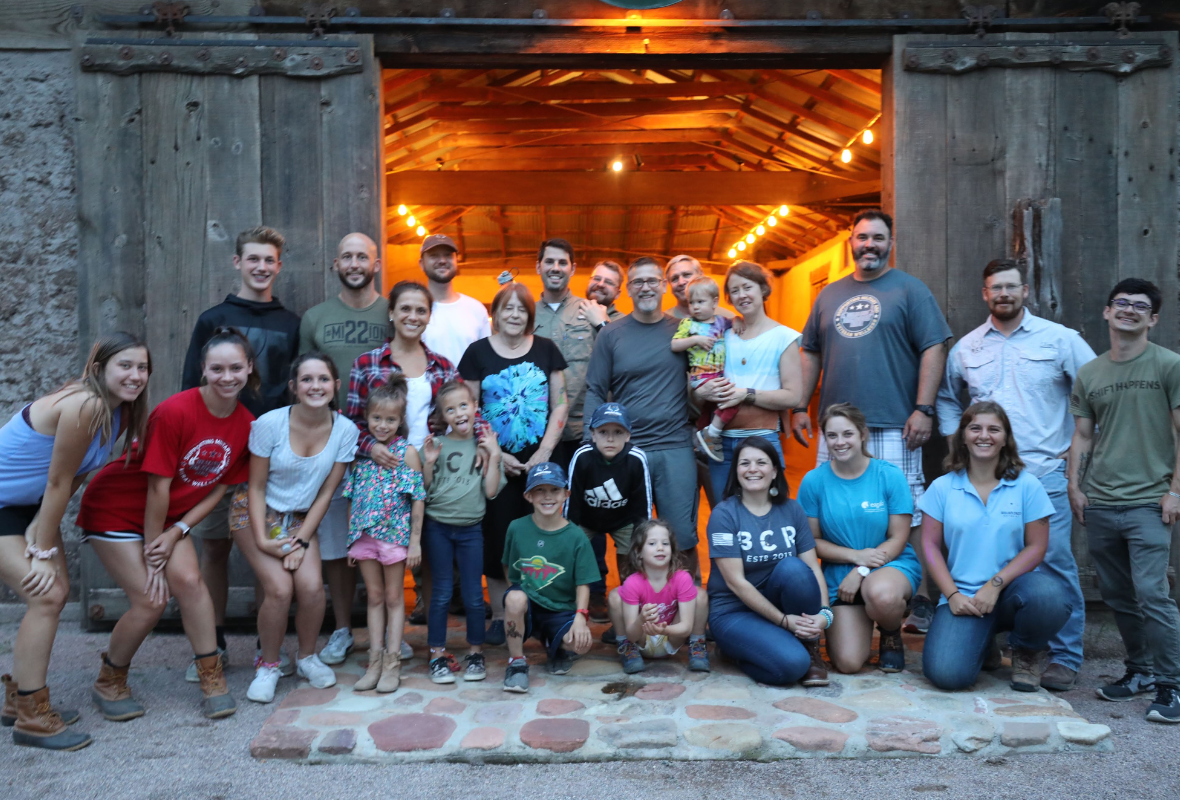The Hidden Gift of Helping: How trauma workers experience growth through their calling


Beyond the risks of trauma work lies a quieter truth: Helping others can also lead to growth.
Every day, trauma workers and peer-support specialists walk beside people in their darkest moments. They listen, they hold stories heavy with pain, and sometimes that weight changes them.
Our latest Psychology Today article shares the often-untold story of Vicarious Posttraumatic Growth (VPTG) — how those who help others heal can themselves be transformed. In our study, peer-support specialists described how facing others’ trauma stirred their own memories and emotions, but over time, something remarkable happened. Through reflection, journaling, community, and courage, they found meaning, strength, and even beauty in the struggle.
The post also offers simple, actionable ways to nurture this kind of growth, including connecting with others after hard conversations, turning inward through writing or art, and finding new compassion for one’s own story.
These are not just coping strategies; they are the beginnings of transformation, a reminder that healing can happen not only to us, but through us.
Read the full story: [link]
Healing doesn’t happen in isolation; it happens in relationship, in community, and, often, in the very act of helping others heal.
Continue reading more about Posttraumatic Growth in our resource library.
PTG Resource CenterYour support powers life-changing programs offered at no charge to veterans, military, first responders, and their families. With your help, our Warriors won't just survive — they'll thrive.

We have received your email sign-up. Please tell us more about yourself.